Welcome to the 28th issue of Teaching the Legacy. This e-newsletter will focus on Jewish solidarity during the Holocaust.
The relationship between the individual and the community has been discussed for thousands of years in Jewish tradition and contemplative thought. For instance, what constitutes a "community" in Jewish tradition and practice? What obligations does the individual have toward the community, and what obligations must the community meet towards the individual? Must an individual be a part of the community, or can he escape his community? Should an individual put himself first, or must he think first of the others who surround him?
During the Holocaust, these concepts and questions were put to extreme tests. The Nazis purposely isolated the Jews, forcing them into ghettos where contact with the outside world was cut off. They tried to destroy the Jewish model of community by making it punishable by death to attend synagogue, by shutting down schools, by prohibiting the workings of many Jewish institutions. Even the most intimate of communities – the family – was imperiled by the German policies. The ravenous hunger that the Nazis inflicted on the Jews in the ghettos and in the camps worked to crumble the infrastructure of the Jewish family, at times pitting children against their parents in the struggle to somehow get enough food to stay alive. And, of course, by attempting to physically exterminate the Jews, the Nazis tried to wipe out the entire Jewish community by killing its individual members. In short, the Nazis attempted, systematically, to cause Jew to turn against Jew. In these circumstances, can we still speak of solidarity? Did the relations between the individual and the community change? How was it possible to continue the Jewish traditions?
The fact that any Jewish solidarity remained during the Holocaust – the fact that there were individuals who continued to work for the good of their communities, in a variety of ways – is nothing short of miraculous.
The current newsletter discusses these concepts from varying angles. The main article discusses solidarity in the youth movements, and as expressed in institutions such as the soup kitchens that were established in the ghettos. We include an interview with Dr. Havi Dreifuss about cohesion and rupture in Jewish society during the Holocaust. The newsletter contains an article about Rabbi Regina Jonas, who worked to care for members of the Jewish community in Germany and in Theresienstadt, and an article on the Bielski Brothers, who demonstrated incredible Jewish solidarity despite, and during, their actions as partisans in the forests of Belarus. We have also included an interview with the Holocaust survivors Yitzhak Livnat and Chaim Raphael, who tell their own story of human solidarity in Auschwitz Birkenau. The newsletter contains a lesson plan on spiritual resistance and on "Compassion Within the Ghetto Walls" – solidarity within the Warsaw Ghetto. There is a book review of The Jewish Women of Ravensbrück Concentration Camp, which demonstrates the solidarity of women inmates of a vicious labor camp. The newsletter also includes certain Holocaust artifacts.
As always, the newsletter features new publications and updates on recent and upcoming activities at the International School for Holocaust Studies and across Yad Vashem. We hope you find this issue interesting and resourceful and we look forward to your feedback.
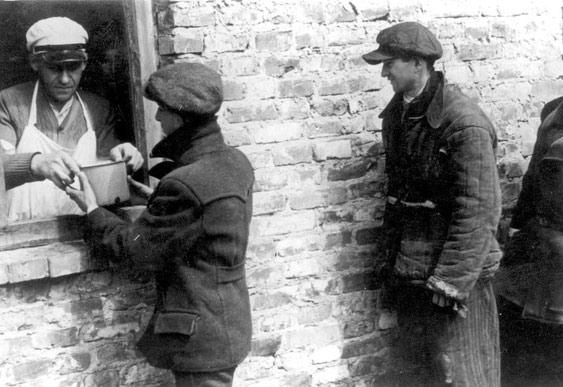
Jewish Solidarity in the Holocaust: The Individual and the Community
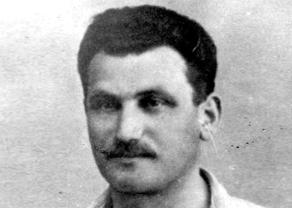
Solidarity in the Forest – The Bielski Brothers
“I shall be what I shall be” - The Story of Rabbiner Regina Jonas
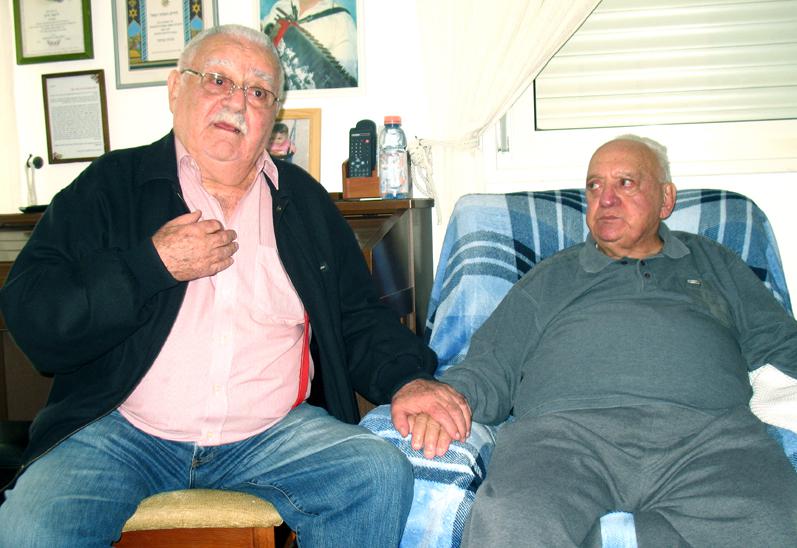
Interview with Yitzhak Livnat and Chaim Raphael, Holocaust Survivors

An Interview with Dr. Havi Dreifuss
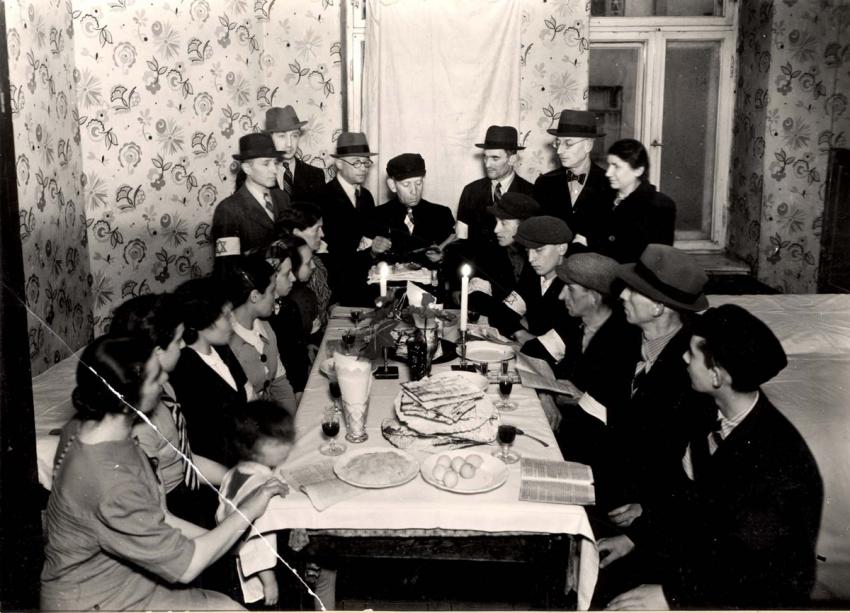
Spiritual Resistance During the Holocaust
Duration: In this lesson plan, we have included a large selection of resources related to unarmed resistance during the Holocaust. The teacher can decide how to utilize the subject matter presented here in the time available.
The topic of resistance during the Holocaust signifies heroism in the face of evil. This lesson plan focuses on spiritual resistance, including examples of photographers, poets, historians, couriers, youth group members, and more. Unarmed and confined in ghettos and concentration camps, we cover some examples of Jews fighting...
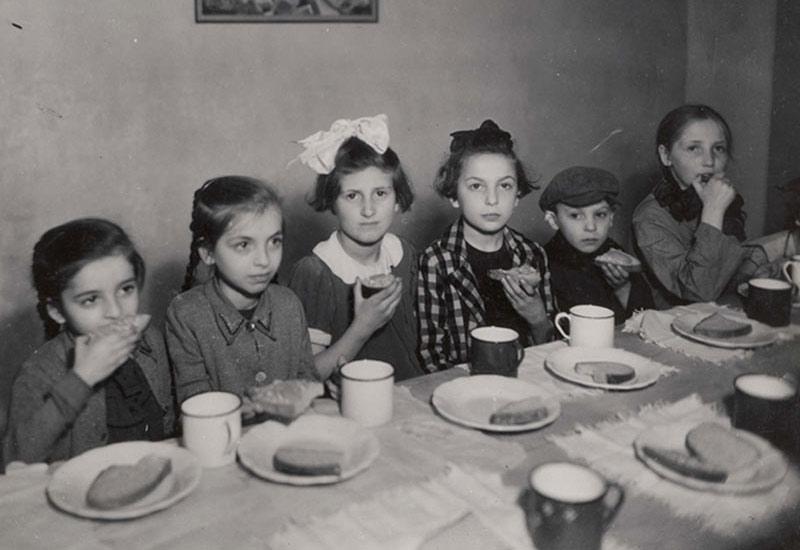
Mutual Assistance Within the Ghetto Walls
Duration: 2 hours
Trapped behind ghetto walls, the Jews of the Warsaw Ghetto suffered from starvation and the Nazi decrees designed to dehumanize them. Jews, however, found many ways to help each other through these difficult times. This lesson plan will highlight some of the organizations that were established to coordinate social welfare activities.
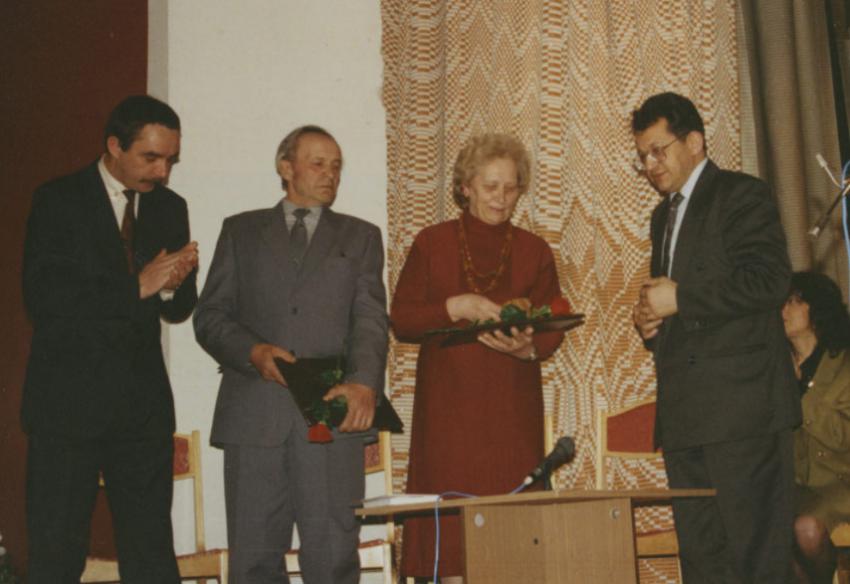
Righteous Among the Nations: Konstantin Kozlovskiy and his sons Gennadiy and Vladimir
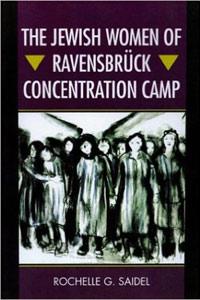
The Jewish Women of Ravensbrück Concentration Camp - Rochelle G. Saidel
Rochelle G. Saidel
University of Wisconsin Press. 2004.
279 pagesRavensbrück, the only major Nazi concentration camp for women, was located about fifty miles north of Berlin. The camp, opened in May 1939, was the site of murder by slave labor, torture, starvation, shooting, lethal injection, "medical" experimentation, and gassing. Today it is a memorial site to those who died there.While this camp was designed to hold 5,000 women, the actual figure was six times this number. In all, some 132,000 women from from...






